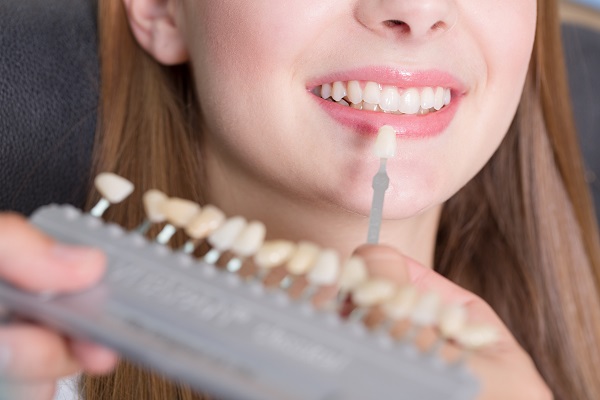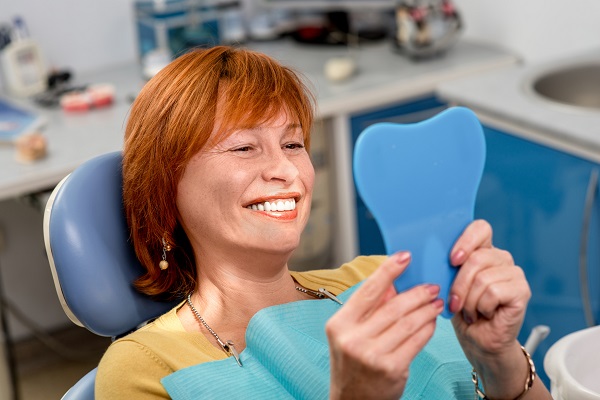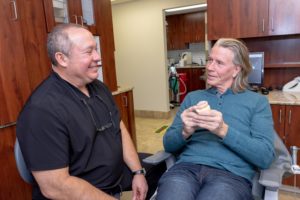Orthodontic Issues That ClearCorrect Can Solve
Clear aligners, specifically the ClearCorrect® system, have gained momentum in the past few years. Millions of patients worldwide have chosen to correct their teeth with this method. The main appeal of this technique is the fact that it does not involve bulky ligatures and brackets. Instead, ClearCorrect uses a series of plastic trays that adjusts the bite in increments of two weeks.
Although the main appeal of this system is the fact that it is virtually unnoticeable, the appearance should not be the only consideration when getting orthodontic treatment.
Orthodontic issues ideal for ClearCorrect
These issues can generally be treated by ClearCorrect, depending on the severity of the problem.
Crooked teeth
Whether it be that one snaggletooth that distracts from the other teeth or several teeth out of place, clear aligners can likely correct the problem. The aligners work by securely fitting over the arches of the teeth. After two weeks, the teeth are pushed into the position of the tray. Every two weeks, a new aligner is traded out for the old one, adjusting the teeth further into their corrected position.
Mild overbite
An overbite occurs when the upper teeth jut out in front of the bottom teeth. This issue can make it difficult to speak and bite into food. Often with an overbite, the teeth do not close together correctly.
In many mild cases of overbite, ClearCorrect® can be used to fix the problem. However, bigger adjustments may need the strength of braces to correct.
Mild underbite
Just the opposite of an overbite, an underbite is when the bottom teeth are positioned in front of the upper teeth when the bite is closed. This bite issue makes it difficult to maintain teeth, and the edges of enamel begin to wear quicker with an underbite. ClearCorrect aligners can be used to move the lower teeth backward so they sit behind the front teeth.
Like in overbites, severe cases are usually handled with braces.
Teeth gaps
Gaps between two or more teeth are known as a spacing issue. Food can get caught between gapped teeth easily, and the gums are more exposed. Those with gaps in their teeth often have higher occurrences of gum disease. Using clear aligners not only fixes the aesthetic of the gap but also gives the patient a healthier mouth.
Crossbite
When some upper teeth are positioned inside the arch of the lower teeth rather than outside, this is known as a crossbite. Many people with crossbite issues choose to opt for clear aligners.
Crowded teeth
The opposite spacing issue as having gapped teeth is having teeth that are too crowded. The jaw does not have enough room to accommodate all of the teeth, making them overlap and twist into odd positions. When teeth are stacked and closer together than they should be, tooth decay can easily occur between those teeth as they are harder to clean.
Only very mild cases of crowding can be fixed by ClearCorrect. Complex cases of crowding cannot be fixed by clear aligners.
Open bite
Often, the teeth do not close together in the front. This is called an open bite and can be remedied by a clear aligner system.
When is ClearCorrect not right for me?
Keep in mind that most patients with clear aligners have mild to moderate teeth issues, and more severe problems may require braces. Some patients who have small teeth or teeth that come to a point may not be suited for ClearCorrect, as the trays need to be able to securely move teeth.
Request an appointment here: https://www.preferreddentalcenter.com or call Preferred Dental Center at (210) 822-8500 for an appointment in our San Antonio office.
Check out what others are saying about our services on Yelp: Read our Yelp reviews.
Recent Posts
How Can Veneers Improve My Smile?
Only a few people have naturally flawless smiles, which is why treatments like veneers exist. Dental veneers serve as a simple yet effective method of improving the appearance of the smile. Mostly produced from porcelain material, the thin shells are bonded to the front side of the teeth to cover imperfections.To make veneers, the dentist…
Who Is A Good Candidate For All-on-4?
If you have lost your teeth to disease or injury, you have multiple teeth restoration options like All-on-4® dental implants. Replacing lost teeth is essential for proper oral health and function. Since the jawbone, gums and teeth all function as a single system, missing teeth usually have a domino effect, causing further tooth loss, gum…
What Is Sedation Dentistry?
Sedation dentistry allows people who are concerned about potential pain and discomfort to relax during dental procedures. Dental anxiety is common, especially among those who have an unpleasant history with the dentist. Fortunately, there are different sedation dentistry options to give patients a comfortable experience in the dental office.Sedation dentistry involves the administration of a…
Invisalign For Bite Issues
Originally, Invisalign® was only designed to address crookedness, crowding or spacing issues in the teeth. However, over the years, the technology has greatly improved, allowing for advancements when it comes to what issues it can tackle. A common question is whether or not bite issues can be addressed with Invisalign® clear aligners. Each patient is…
Recent Posts
How Can Veneers Improve My Smile?
Only a few people have naturally flawless smiles, which is why treatments like veneers exist. Dental veneers serve as a simple yet effective method of improving the appearance of the smile. Mostly produced from porcelain material, the thin shells are bonded to the front side of the teeth to cover imperfections.To make veneers, the dentist…
Who Is A Good Candidate For All-on-4?
If you have lost your teeth to disease or injury, you have multiple teeth restoration options like All-on-4® dental implants. Replacing lost teeth is essential for proper oral health and function. Since the jawbone, gums and teeth all function as a single system, missing teeth usually have a domino effect, causing further tooth loss, gum…






